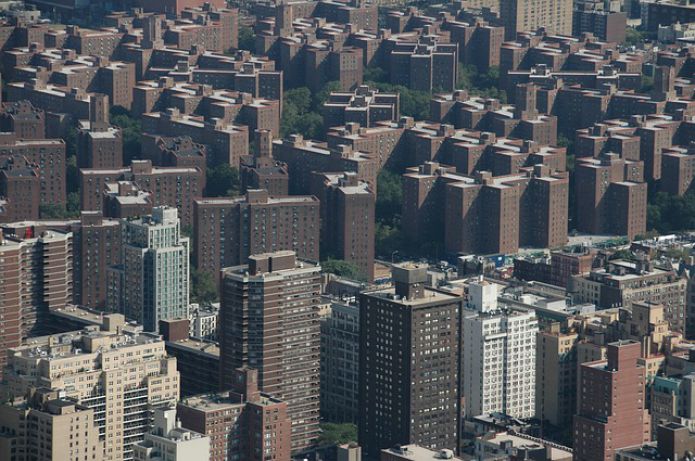|
|
 |
France - country information |
 |
Veliky Novgorod - Russia |
 |
Riga - Latvia |
 |
Helsinki - Finland |
 |
Nha Trang: the weather has normalized, but the infrastructure has not been restored yet |
 LATEST REVIEWS
LATEST REVIEWS
 |
Choosing a portable toilet |
 |
Plumbing faucets, the best of the best |
 |
Green crops |
 |
Dishwasher – freestanding, built-in or compact? |
 |
How to choose a dishwasher - what you need to know |
 Countries and cities
Countries and cities Information, materials about USA/United States of America
Information, materials about USA/United States of America The Bronx History: from farms to hip hop culture
The Bronx History: from farms to hip hop culture The Bronx History: from farms to hip hop culture
The Bronx is one of the most interesting boroughs of New York City. It has a long and grievous history which you can learn in basic facts from this article.

Over the last 40 years New York has been celebrating a so-called “Bronx Week”. The occasion invites the residents and city guests to visit various festivals and parades, to enjoy live music and other events.The Bronx History is very interesting and will help you better experience the event!
The Bronx is a north district of New York City which is located mostly on the mainland. Though its territory is twice as big as Manhattan, still its population is almost the same. The area got its name after a Dutch captain Jonas Bronck. Until the 1970s the district was mostly uninhabited.
How the Bronx evolved from village life to a major industrial center
For many decades the Bronx lived more like a village, than a part of a city. It consisted of small farms mostly with almost no production works on its territory. Those farms were the main suppliers of the local markets. But the year 1904 changed the history of the district — the year when the railroad came to the territory and turned it into one of the major industrial centers of the state. Few of us know that for many years the Bronx hosted the piano production. In 1919 the number of piano producing factories reached 63 units with over 5000 employees.
Due to the evolution of the district its population grew sixfold for only 30 years (from 1900 till 1930).
Another interesting fact from the history of the Bronx is that the district was a great tourist attraction from the end of 19th century and till 1930s. Even now the district locates the New York Botanical Gardens which present over 1500 species of flora from every nook of our planet. There is also a zoo which is home to 4000 animals of 650 species.
Emigration and its effect on the Bronx History
As NYCity.Media states, in the beginning of the 20th century the population of the Bronx was amazingly diverse. It was presented by the Irish, Jewish, Italian and other communities. Jewish community was the largest there. Over 600 000 Jews lived and worked in the district.
During the prohibition period the Bronx experienced the boom of gangster and bootlegger activity. Whiskey was the most in demand smuggled product. In 1926 the Bronx was known as the center of a high criminal activity. The district hosted the largest number of underground pubs in New York City. During this period half of the population spoke Spanish. The criminal activity was the key factor that led the borough to its decline.
The decline time of the Bronx
Drugs were the main reason for the decline of the district. From the 1960s to 1980s the borough was ruled by marijuana, LSD and cocaine. As the original drugs were very expensive and the Bronx people were mostly poor the dealers began to produce the drug cheap alternative known as crack. This period was in sync with the overall country's economic crisis.
It was the reason social programs were cut. Gangsters ruled the borough. Local occupants sold their houses for the cheapest prices ever to gangsters to survive. The gangs burnt the empty buildings to convert them into live money due to insurance payments. This gangster scheme led to the pity of 97% of the local buildings being totally destroyed.
The revival of the Bronx
In the middle of 1980s the district attracted the attention of the government. A ten-year program of the borough reconstruction was adopted which proposed the building of low-cost housing. By the beginning of the new century the investments into the renewal of the district had reached a billion USD.
The modern Bronx is an authentic district of the New Your City with its own strong character. It gave birth to rap and hip hop cultures and is home to the most popular baseball team of the country.


|
 |
| © tour-planet.com 2017 - 2025 |
Copying of texts, photos and other information for re-publication on other resources is allowed only with the written permission of the site administration. |